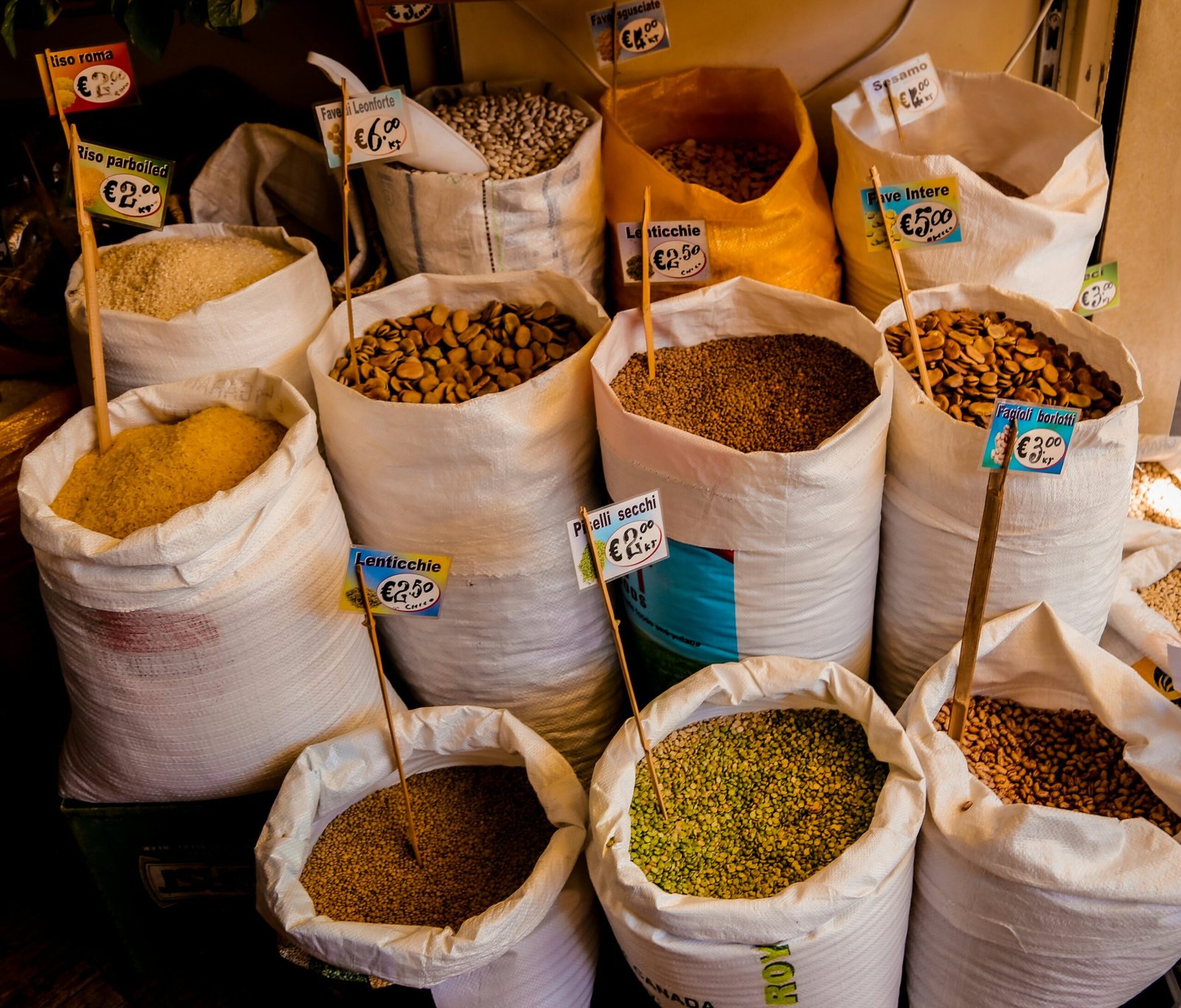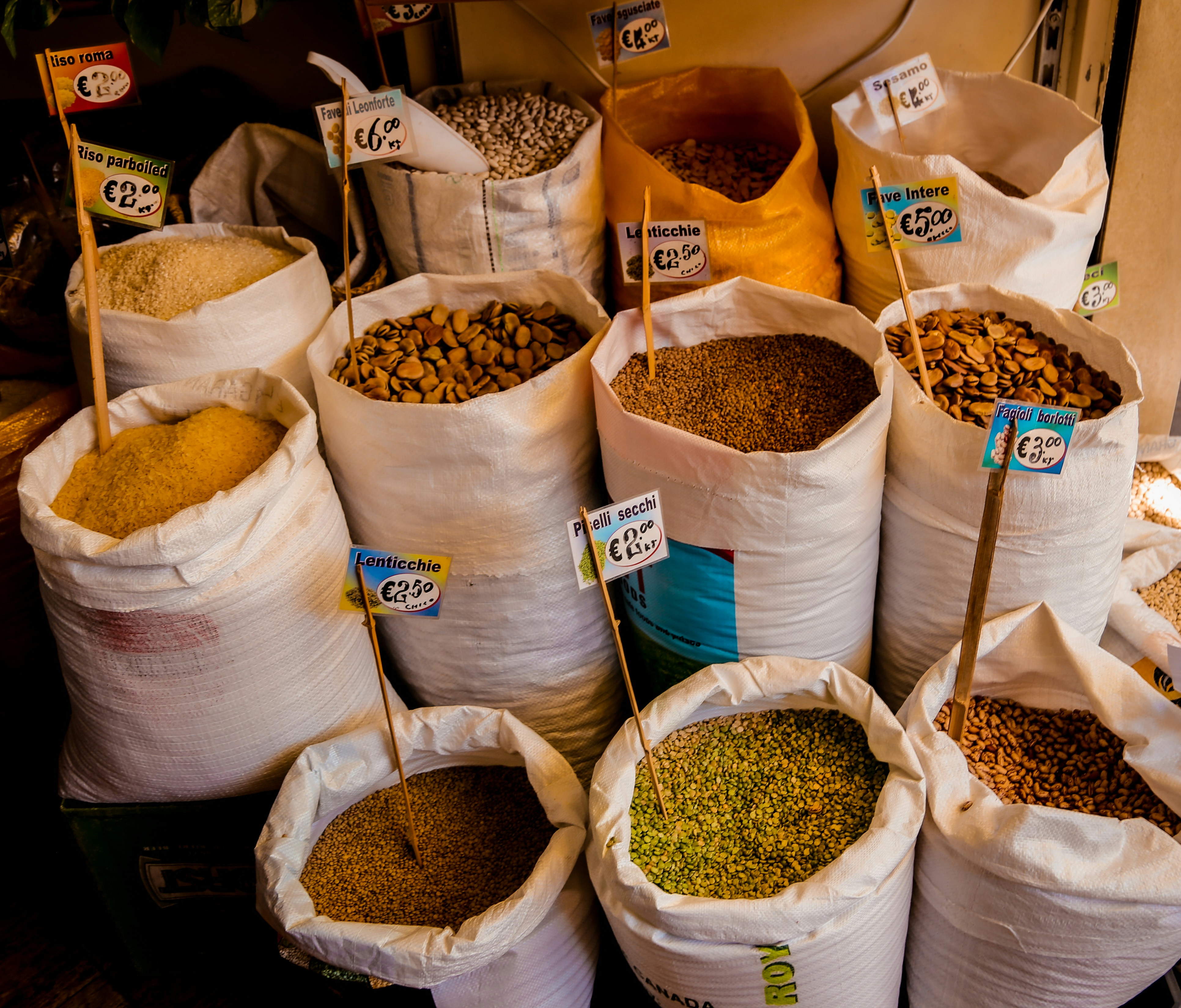Are you looking for ways to protect your kidneys and prevent the formation of kidney stones? Well, look no further! In this article, we will explore some simple and effective dietary strategies that can help you reduce your oxalate intake. By making a few changes to your daily menu, you can potentially lower your risk of developing kidney stones and enjoy better renal health. So, let’s dive right in and discover how you can take control of your diet to protect your kidneys!
Understanding Oxalate Intake
What is oxalate?
Oxalate is a naturally occurring substance found in many foods. It is produced by the body and can also come from the diet. Oxalate can bind with calcium to form crystals, which can then lead to the formation of kidney stones in some individuals. Monitoring and managing oxalate intake is important for those looking to reduce the risk of kidney stone development.
Sources of oxalate in the diet
Oxalate can be found in a variety of foods, both plant-based and animal-based. Some of the primary sources of oxalate in the diet include fruits and vegetables, grains and legumes, and certain animal-based proteins. It is important to be aware of the oxalate content in these foods in order to make informed choices and reduce overall oxalate intake.
The link between high oxalate intake and kidney stones
High oxalate intake can increase the risk of developing kidney stones. When excess oxalate is present in the urine and combines with calcium, it can form crystals that may lead to the development of kidney stones. By understanding the connection between high oxalate intake and kidney stones, individuals can make dietary adjustments to reduce oxalate levels and decrease the likelihood of stone formation.
Identifying High-Oxalate Foods
Fruits and vegetables with high oxalate content
Many fruits and vegetables contain varying levels of oxalate. Some high-oxalate fruits include berries, such as raspberries and strawberries, as well as grapes and oranges. Vegetables like spinach, beets, and Swiss chard are also high in oxalate. While these foods can have many health benefits, it is important to consume them in moderation if you are trying to reduce oxalate intake.
Grains and legumes high in oxalate
Certain grains and legumes can also be significant sources of oxalate in the diet. Foods like quinoa, buckwheat, and amaranth are examples of grains with higher oxalate levels. Legumes, such as lentils, black beans, and soybeans, can also contribute to oxalate intake. If you are looking to reduce oxalate levels, consider opting for lower-oxalate grain and legume alternatives.
Animal-based foods and their oxalate levels
While plant-based foods tend to be higher in oxalate, there are certain animal-based foods that also contain varying levels of oxalate. Examples include organ meats like liver and certain types of fish, such as anchovies and sardines. It is important to note that the oxalate content in animal-based foods is generally lower compared to plant-based sources. Nonetheless, it can still contribute to overall oxalate intake and should be considered when managing oxalate levels.
Low-Oxalate Food Alternatives
Recommended fruits and vegetables low in oxalate
For individuals looking to reduce oxalate intake, there are plenty of fruits and vegetables that have low levels of oxalate. Some examples include apples, pears, cabbage, cauliflower, and mushrooms. These options can provide important nutrients while minimizing oxalate intake. Incorporating a variety of low-oxalate fruits and vegetables into your diet can help maintain a balanced and nutritious approach to managing oxalate levels.
Healthy grains and legumes with lower oxalate content
If you enjoy grains and legumes but want to reduce oxalate intake, there are alternatives available. Lower-oxalate grains include rice, oats, and millet. When it comes to legumes, options such as chickpeas, black-eyed peas, and green peas tend to have lower oxalate levels. These alternatives can still provide valuable nutrients while reducing overall oxalate intake.
Protein sources with low oxalate levels
While some animal-based proteins contain oxalate, there are still options available for those seeking low-oxalate protein sources. Chicken, turkey, and lean cuts of beef are generally lower in oxalate. Additionally, fish like salmon and trout have lower oxalate levels compared to certain types of fish. Incorporating a variety of low-oxalate protein sources can help maintain a balanced diet while minimizing oxalate intake.
Optimizing Calcium Consumption
The calcium-oxalate relationship
Calcium plays a crucial role in oxalate metabolism. Consuming an adequate amount of calcium can actually help reduce the risk of kidney stone formation. Calcium binds with oxalate in the digestive system, preventing it from being absorbed into the bloodstream and reducing the concentration of oxalate in the urine. It is important, however, to consume calcium in conjunction with foods that are low in oxalate to maximize its effectiveness in preventing kidney stone formation.
Incorporating calcium-rich foods into the diet
To optimize calcium consumption, it is recommended to incorporate calcium-rich foods into the diet. Dairy products such as milk, cheese, and yogurt are excellent sources of calcium. However, for those who are lactose intolerant or have dietary restrictions, there are also non-dairy options available. Some examples include calcium-fortified plant-based milks, tofu, almonds, and leafy greens like kale and broccoli. Experimenting with different calcium-rich foods can help individuals find options that suit their preferences and dietary needs.
Supplementing with calcium
In some cases, individuals may need to supplement their calcium intake to ensure they are meeting their daily needs. It is important to consult with a healthcare professional before starting any supplements, as they can evaluate your specific needs and recommend an appropriate dosage. Calcium supplements can be a helpful addition to a balanced diet in individuals who may have difficulty obtaining enough calcium from food sources alone.
Considering Dietary Sodium
The impact of sodium on oxalate excretion
Dietary sodium, or salt intake, can impact the excretion of oxalate in the urine. High sodium intake can lead to increased oxalate excretion, potentially raising the risk of kidney stone formation. It is important to monitor sodium levels in the diet and make adjustments if necessary to help maintain a healthy balance.
Reducing sodium intake
To reduce sodium intake, individuals can focus on minimizing the consumption of processed and packaged foods, as these often contain high levels of sodium. Choosing fresh foods and preparing meals at home allows for better control over sodium levels. Additionally, seasoning foods with herbs and spices instead of salt can help enhance flavors while reducing sodium intake.
Using other spices and flavor enhancers
Reducing sodium does not mean sacrificing flavor. There are plenty of spices and flavor enhancers that can add depth and taste to meals without relying on excess salt. Some examples include garlic, ginger, turmeric, lemon juice, and vinegar. Experimenting with different spices and flavors can not only improve the overall taste of meals but also support a lower sodium diet.
Maintaining Hydration Levels
The role of hydration in oxalate metabolism
Staying hydrated is an essential aspect of managing oxalate intake. Optimal hydration helps maintain a healthy urinary output, which can help prevent the concentration of oxalate in the urine. Adequate fluid intake also supports the overall health of the kidneys by promoting proper functioning and preventing the formation of kidney stones.
Recommended daily fluid intake
The amount of fluid needed can vary depending on factors such as age, gender, activity level, and overall health. However, a general guideline is to aim for around 8 cups (64 ounces) of fluid per day. This can include water, herbal teas, and other non-caffeinated beverages. It is important to listen to your body’s thirst cues and adjust fluid intake accordingly.
Hydration tips and tricks
To maintain optimal hydration levels, consider incorporating these tips and tricks into your daily routine:
- Carry a reusable water bottle with you to ensure easy access to water throughout the day.
- Set reminders on your phone or computer to prompt you to take regular water breaks.
- Flavor water with slices of fruit, cucumber, or fresh herbs to make it more appealing and enjoyable.
- Drink water before, during, and after physical activity to replenish fluids lost through sweat.
Balancing Protein Intake
Protein’s influence on oxalate excretion
Protein intake can affect oxalate excretion in the urine. High protein diets may increase the excretion of oxalate, potentially raising the risk of kidney stone formation. It is important to strike a balance and consume moderate amounts of protein to support overall health while minimizing the potential impact on oxalate levels.
Choosing moderate protein sources
To achieve a balanced protein intake, consider incorporating a variety of protein sources into your diet. Both plant-based and animal-based proteins can offer valuable nutrients while minimizing the risk of excessive oxalate excretion. Some examples of moderate protein sources include poultry, fish, eggs, dairy products, legumes, and tofu. By diversifying protein choices, individuals can maintain a well-rounded diet while minimizing potential risks associated with high oxalate intake.
The importance of diverse protein options
In addition to promoting balanced oxalate levels, consuming diverse protein options can provide a range of essential nutrients. Different protein sources contain varying levels of amino acids, vitamins, and minerals, all of which contribute to overall health and wellbeing. Aim to incorporate a mix of plant-based and animal-based proteins to ensure a diverse range of nutrients in your diet.
Vitamin C and Oxalate Connection
The conversion of vitamin C to oxalate
Vitamin C, also known as ascorbic acid, can be converted to oxalate in the body. This conversion occurs in individuals who have a higher capacity to convert vitamin C into oxalate. Therefore, monitoring vitamin C intake is important for those looking to reduce their overall oxalate levels.
Tracking vitamin C intake
Keeping track of vitamin C intake can be a helpful strategy for managing oxalate levels. By reviewing food labels and being aware of the vitamin C content in certain foods, individuals can make informed decisions about their consumption. It is important to note that while vitamin C is essential for overall health, moderation is key to balancing its potential conversion to oxalate.
Balancing vitamin C consumption
To maintain a balance between obtaining adequate vitamin C and managing oxalate levels, consider diversifying your sources of vitamin C. Citrus fruits, strawberries, bell peppers, and leafy greens are all excellent sources of vitamin C with relatively lower oxalate content. Additionally, consulting with a healthcare professional can provide personalized guidance on managing vitamin C intake based on individual health needs.
Cooking Techniques to Reduce Oxalate
Steaming and boiling methods
When preparing high-oxalate foods, certain cooking techniques can help reduce oxalate levels. Steaming and boiling vegetables can leach out some of the oxalate content, resulting in lower overall oxalate levels. While these methods may lead to slight nutrient loss, they can be a beneficial strategy for individuals looking to reduce oxalate intake.
Using calcium-rich ingredients in cooking
Incorporating calcium-rich ingredients into recipes can be another effective technique for reducing oxalate levels. Calcium can bind with oxalate in the digestive system and inhibit its absorption. Adding dairy products like milk or cheese to dishes or incorporating calcium-rich vegetables like kale or broccoli can help mitigate the impact of oxalate intake.
Minimizing oxalate loss during food preparation
While it is possible to reduce oxalate levels during food preparation, it is important to note that complete elimination is not feasible. Some oxalate will always be present in foods, regardless of how they are cooked or processed. The key is to minimize oxalate intake by choosing cooking methods that are known to reduce oxalate levels or pairing high-oxalate foods with calcium-rich ingredients.
Overall Lifestyle Adjustments
Maintaining a healthy weight
Maintaining a healthy weight is essential for overall health, including kidney health. Excess weight can contribute to the development of kidney stones and other health issues. By adopting a balanced diet and engaging in regular physical activity, you can promote a healthy weight and reduce the risk of kidney stone formation.
Exercising regularly
Regular exercise offers a multitude of health benefits, including supporting kidney health. Engaging in physical activity helps promote overall well-being, including maintaining healthy blood pressure and circulation. Aim for at least 150 minutes of moderate-intensity aerobic exercise per week, along with strength training activities to keep your body and kidneys healthy.
Limiting alcohol and caffeine consumption
Both alcohol and caffeine can impact kidney health if consumed in excess. These substances can lead to dehydration, which can increase the concentration of oxalate in the urine and potentially contribute to the formation of kidney stones. Monitoring and moderating alcohol and caffeine intake can help support optimal kidney function and reduce the risk of stone formation.
By understanding oxalate intake, identifying high-oxalate foods, and making conscious dietary adjustments, individuals can effectively manage their oxalate levels and reduce the risk of kidney stone formation. Incorporating low-oxalate food alternatives, optimizing calcium consumption, considering dietary sodium, maintaining hydration levels, balancing protein intake, monitoring vitamin C consumption, adopting cooking techniques to reduce oxalate, and making overall lifestyle adjustments can all contribute to a healthier lifestyle and better kidney health. Remember to consult with a healthcare professional before making any significant changes to your diet or lifestyle. Stay mindful of your choices, prioritize your health, and enjoy the journey towards a well-managed oxalate intake.




